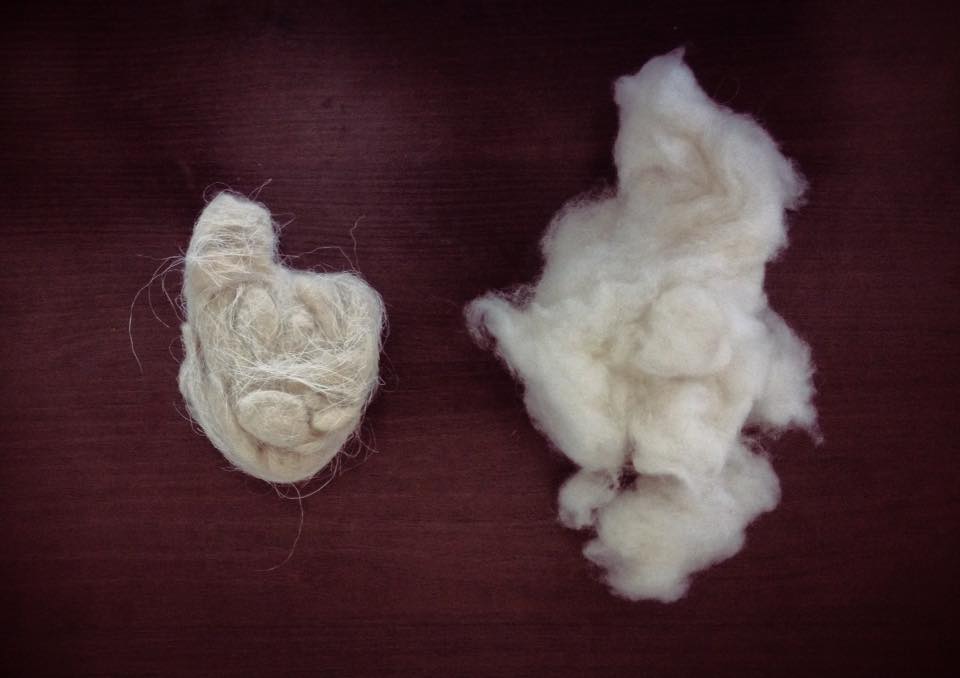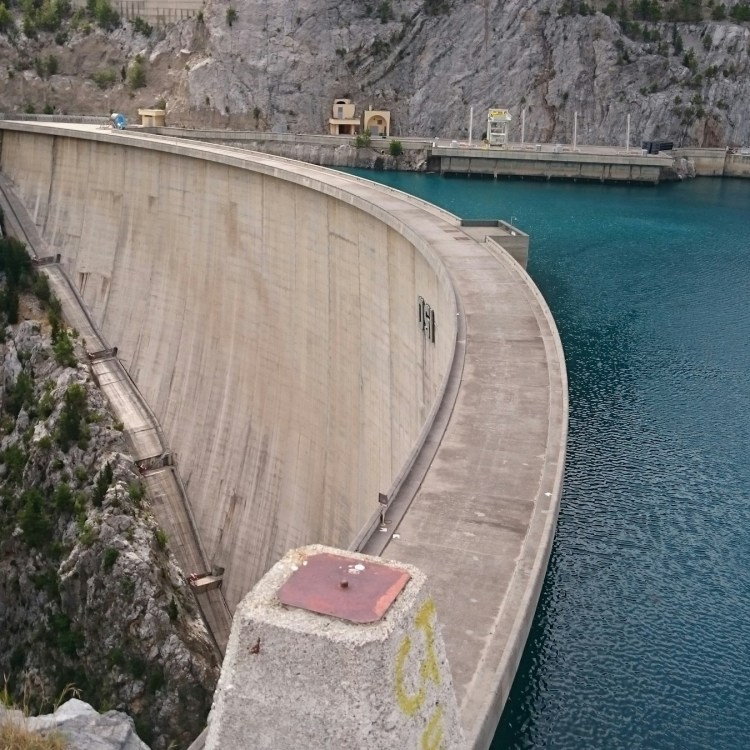The onset of colder weather means the onset of warmer clothing if you’re planning to head outdoors at all this season. For many people, warmer clothing might include cashmere scarves or sweaters, which add comfort and a distinctive feel to most occasions. Cashmere wool has a long history, but its future may be at risk due to a host of factors — including climate change.
The existential threats to cashmere are documented in a new article from Robb Report. As Mark Ellwood writes, the bulk of cashmere come from goats residing in Mongolia. Over the last few decades, the global demand for cashmere has increased tremendously. This has led to changes in the way the goats are farmed — but that’s only part of what’s prompted a crisis for the industry. Changing temperatures have also had an adverse effect on Mongolia itself.
“Ninety percent of the country is drylands and so especially vulnerable to desertification,” Ellwood writes. “Mongolia is a hot spot for climate change, where temperatures have risen by 4 degrees since 1940, compared with an average global rise of about 1.5 degrees. Of course, that warming threatens the very ecosystem on which the goats depend — the second major problem.”
In other words, more goats need to get by on land that might not be able to produce as much. Add in the fact that the price of raw cashmere is actually dropping and it’s not hard to see why many observers are concerned. It’s an industry in the midst of flux — never an easy process to weather.
Thanks for reading InsideHook. Sign up for our daily newsletter and be in the know.

















